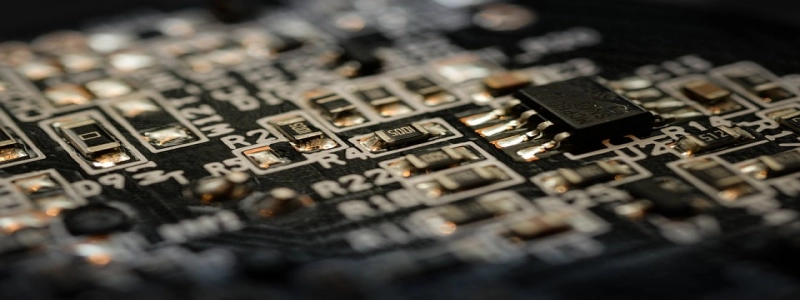Single vs multi mode fiber
Introduction:
Single mode and multi mode fibers are two types of optical fibers commonly used in telecommunications and networking. While both serve the purpose of transmitting light signals, they differ in their structure and performance. This article will explore the differences between single mode and multi mode fibers in terms of their design, transmission capacity, and applications.
I. Structure:
A. Single mode fiber:
1. Core diameter: typically 9 microns
2. Cladding diameter: typically 125 microns
3. Single mode fibers have a small core that allows only one mode or ray of light to travel through it.
4. The core and cladding have a significant difference in refractive index, which enables the light to be guided along the fiber with minimal dispersion.
B. Multi mode fiber:
1. Core diameter: usually 50 or 62.5 microns
2. Cladding diameter: typically 125 microns
3. Multi mode fibers have a larger core size, enabling multiple modes of light to pass through.
4. The core and cladding have a smaller difference in refractive index, which leads to a higher dispersion of light signals.
II. Transmission capacity:
A. Single mode fiber:
1. Single mode fiber has a smaller core, allowing light signals to propagate in a straight line with less dispersion.
2. It offers higher bandwidth and can carry signals over long distances without significant loss.
3. Single mode fiber has a higher data transmission capacity, making it suitable for high-speed data transfer and long-haul communication.
B. Multi mode fiber:
1. Multi mode fiber has a larger core, resulting in a higher dispersion of light signals.
2. It has a lower bandwidth and is suitable for short-range communication.
3. Multi mode fiber is commonly used in local area networks (LANs) and data centers that require lower bandwidth connectivity.
III. Applications:
A. Single mode fiber:
1. Telecommunications: Single mode fiber is extensively used in long-distance transmission and backbone networks.
2. Internet service providers (ISPs): ISPs utilize single mode fiber to provide high-speed broadband connections to users.
3. Data centers: Single mode fiber is preferred for transmitting large volumes of data between data centers.
B. Multi mode fiber:
1. Local area networks (LANs): Multi mode fiber is commonly used to connect devices within a limited area, such as office buildings or campuses.
2. Video surveillance systems: Multi mode fiber is suitable for transmitting video signals over short distances, ensuring high-quality surveillance coverage.
3. Audiovisual applications: Multi mode fiber is often employed to transmit audio and video signals in professional audiovisual systems, such as auditoriums or conference rooms.
Conclusion:
In summary, single mode and multi mode fibers differ in their structure, transmission capacity, and applications. Single mode fiber offers higher bandwidth and is suitable for long-distance communication, while multi mode fiber is used for short-range communication and lower bandwidth connectivity. Choosing the appropriate fiber type depends on the specific requirements of the network or application.








